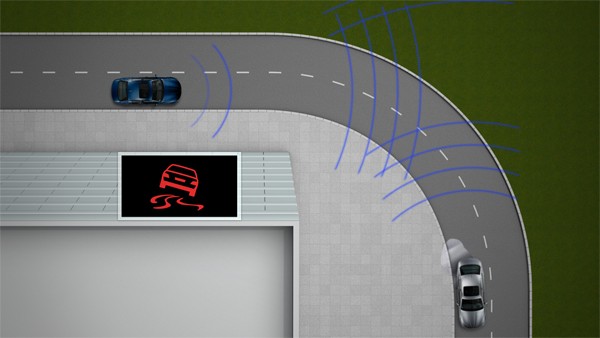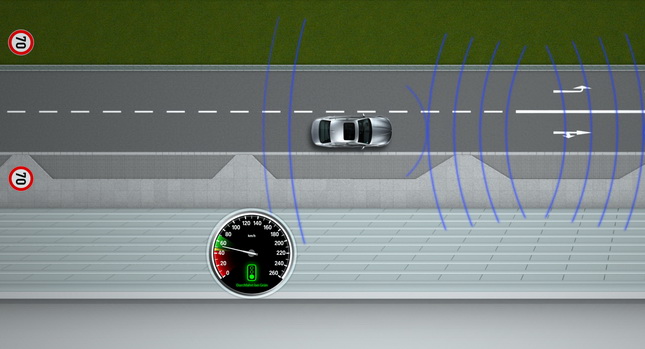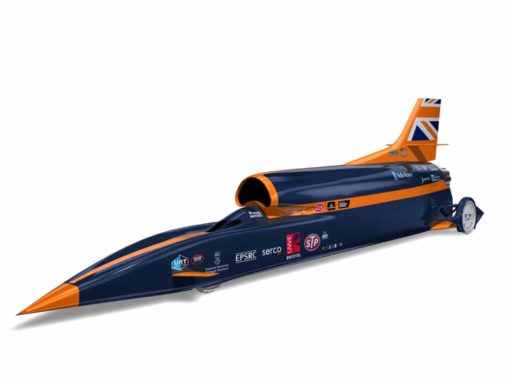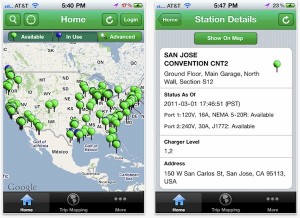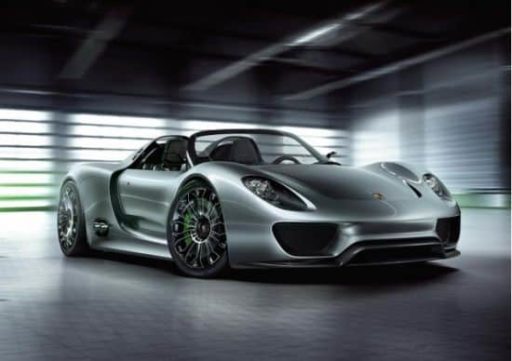BMW is developing technology, known as Car-to-x to allow cars to speak to each other and their environment, effectively upgrading the function of sensors to predictive prescience, thereby creating a conversant community of cars and this new hazard-dodging system from BMW could help these Bavarian autos get a bit more chatty, each vehicle talking to nearby traffic across long-range wireless networks. BMW hopes to connect the system to mobile phone networks as latency times improve and possibly even access data from traffic light system and also BMW is already offering a large number of safety, comfort and fuel efficiency-enhancing systems………………….
The key to intelligent driving, which is synonymous with energy-efficient and safe driving, is forward thinking. To help drivers plan ahead, vehicles from the BMW Group are already fitted with a large number of sensors designed to improve safety, comfort and efficiency. Often, however, these sensors have only a limited predictive capability or horizon. Car-to-x communication extends this horizon significantly, and will in future allow drivers to see long distances ahead, into areas currently hidden from view, and even around not just one but many corners. Car-to-x communication means electronic networking of vehicles and roadside infrastructure, with the aim of exchanging information directly both between road users and between road users and roadside infrastructure such as traffic lights. Car-to-x communication is a comprehensive communication network which any road user can take part in. Car-to-x communication usually operates via WLAN or mobile phone connections. For standard automotive application, car-to-x communication at present uses high-speed WLAN networking based on the high-frequency WLAN IEEE802.11p/ G5A standard, which is designed to allow real-time communication. The protocol allows large numbers of participants to communicate simultaneously without interference. At the same time the performance of mobile phone networks is improving steadily, with an increase in bandwidth and a reduction in data lag – the so-called latency times. Therefore, this type of medium, too, is becoming increasingly important for car-to-car communication, for example as a complement to direct communication via WLAN.
Integrated and connected vehicle functions are nothing new within the BMW Group. Connectivity for infotainment applications already made its debut in the 1990s with BMW ConnectedDrive. For some years, the focus of development work in the BMW Group has been shifting increasingly towards integrated and connected comfort and, in particular, safety functions. Here, car-to-x communication opens up completely new potential. In the event of a hazard, extensive connectivity between vehicles allows oncoming and following traffic to be given advance warning of potential dangers and therefore to react appropriately and in good time. But warnings are only one possible use of this communication platform. Since infrastructure data, too – for example about traffic light phases – can be integrated into this communication system, information is available which allows drivers to easily adapt their driving style for even greater efficiency, thereby significantly reducing vehicle emissions. This technology therefore offers new solutions not only for proactive safety and accident prevention but also for intelligent energy management. “The more information I have about the rest of my journey – for example, if I know in advance when traffic lights will change, or if I know that an accident has just happened further along the route – the more promptly I can react, which means I have less stress and can either avoid hazardous situations altogether or at least reduce the risk.” (Karl-Ernst Steinberg, Head of Information and Communication Technologies at BMW Group Research and Technology). In combination with existing vehicle sensors, car-to-x communication provides a valuable starting point or enhancement for a wide range of BMW ConnectedDrive driver assistance and information systems of the future. These technologies, combined with the driver’s own input, create an extremely high-performance macrosystem capable of ensuring a safe and efficient journey from start to finish.
Videos:
[ttjad keyword=”auto”]

